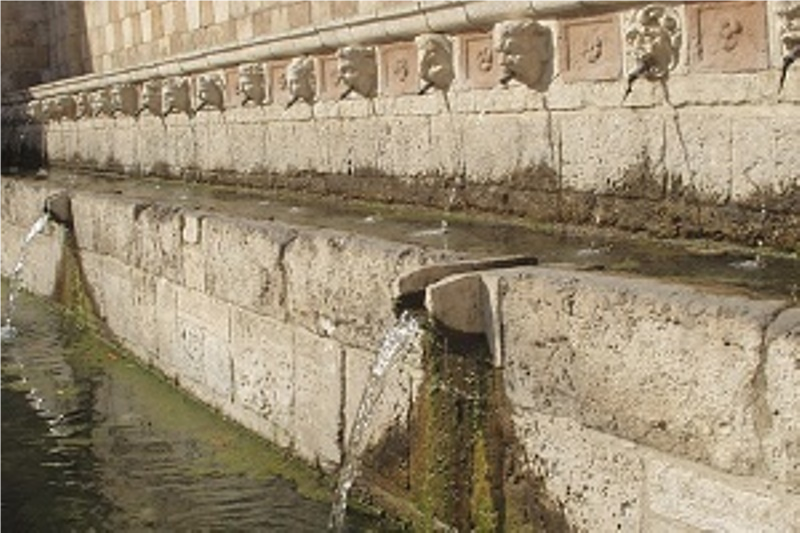Throughout history, people settled close to one of the most vital commodities on earth, a source of water. In those early days, no one gave any thought as to how clean the water was, but as time moved on, people started becoming aware of this important aspect. Today we will be looking at the history of Water Treatment and at how things have changed over the years
The Early Water Treatment Systems
It's no surprise that for a long time, people tested water through "eye and nose tests" - if it didn't look bad and didn't smell bad, then it couldn't possibly be bad for the human body. The final test would confirm their assumptions. If it didn't taste bad, it was considered drinkable. As a result of this lack of knowledge regarding water quality and treatment, many people became
sick for no apparent reason.
Ancient Greek and Sanskrit writings showed that by 2000BC, people were already boiling their water in an attempt to have clean water. They also practised other methods of basic treatment - sand and gravel filtration as well as straining.
Coagulation was discovered back in 1500BC by the Egyptians who began applying chemical alum to remove suspended particles. Following this, Hippocrates invented water sieving in around 500BC - the Hippocratic Sleeve. This can be seen as the very first water bag filter. By making use of this water bag filter it was possible to remove particles and sediments, leaving water cleaner and smelling better.
By 300 - 200BC, history began to take a turn when Rome started building aqueducts. The aqueducts were sophisticated and transported water for long distances with only the power of gravity to assist this process. The aqueducts provided Rome's largest cities with water.
With the fall of the Roman Empire, everything changed.
When the Roman Empire collapsed, water treatment took a huge step back and during the Middle Ages, there wasn't anything being done to provide people with clean drinking water. That is until Sir Frances Bacon started focussing on water treatment processes in 1627.
Even though his primary focus was on trying to use sand filtration to remove salt from seawater, he became a pioneer in this field and acted as inspiration for generations to come. At around the same time, Antonie van Leeuwenhoek became aware of the existence of aquatic microorganisms, something no one had considered up to this point in time. His discoveries ushered in an awareness that would have significant impacts on the way people eventually viewed water quality and whether or not it was safe to use.
The dawn of a New Era
During the 1700s people started using wood, charcoal and wool as water filters. By 1804 Robert Thom devised a way to utilise these small scale interventions into a system that could be used to provide an entire town with clean, safe water to drink – the birth of the very first water treatment plant.
1854 was another breakthrough year – the link between poor quality water and the spread of cholera was made. People also noticed that wherever sand filters have used the outbreak of chlorella hadn't been so bad.
The nineteenth-century also saw advances being made in how disinfectants, such as chlorine were used. In the early 1900's the practice of disinfecting public water supplies became commonplace – an action that contributed to a dramatic decrease in the spread of disease
Summary
We don't always think about how water treatment has progressed throughout the years. These developments have allowed Process Controllers to provide our communities, our cities and our country with clean drinking water. With the current advances in treatment technologies, this is truly only the foundation for many new and exciting developments


